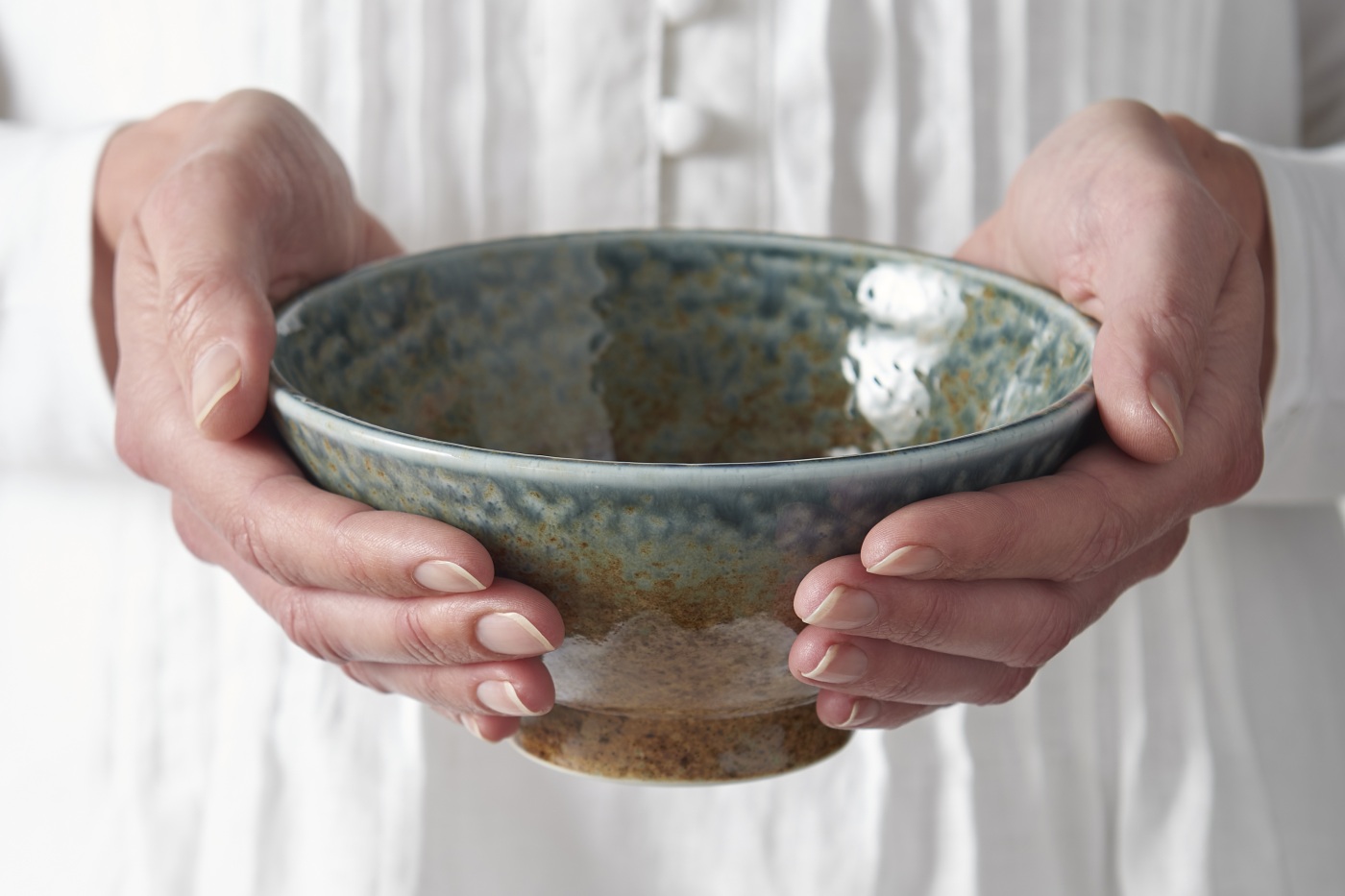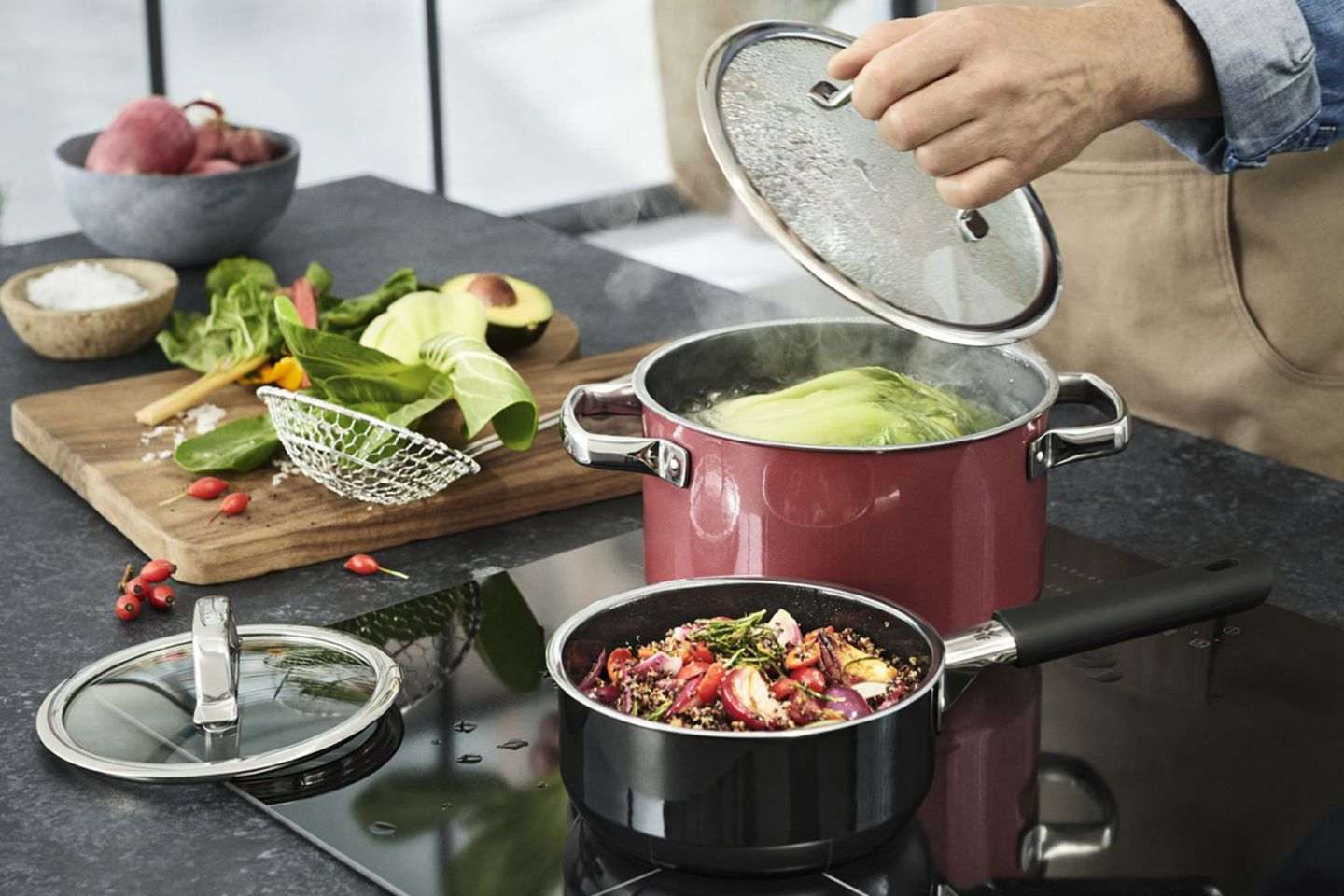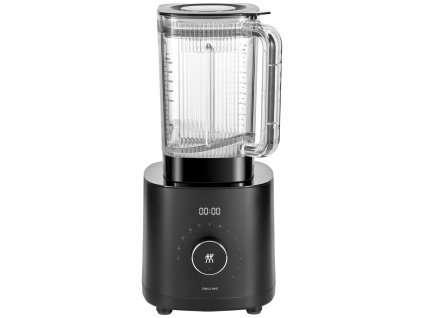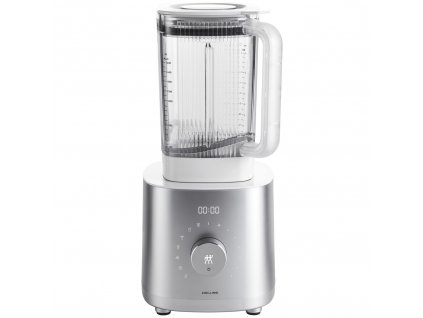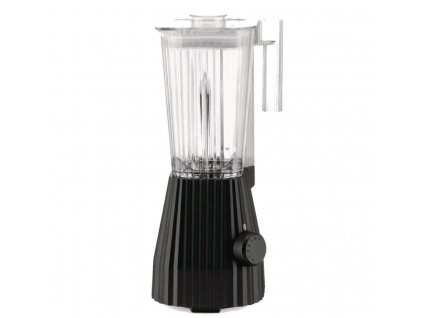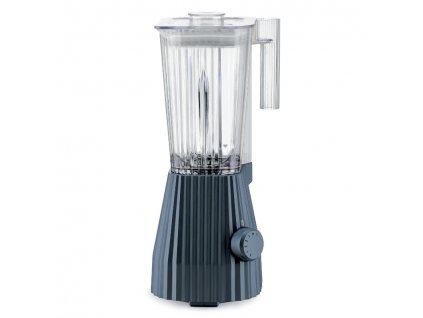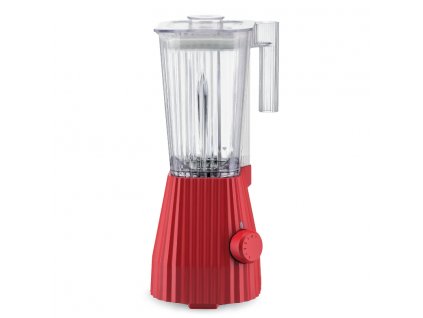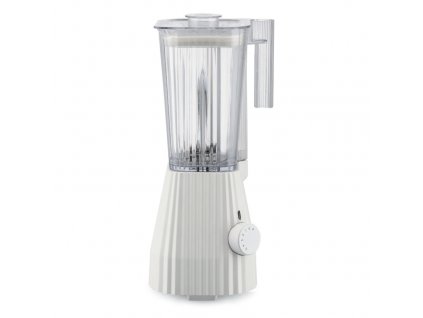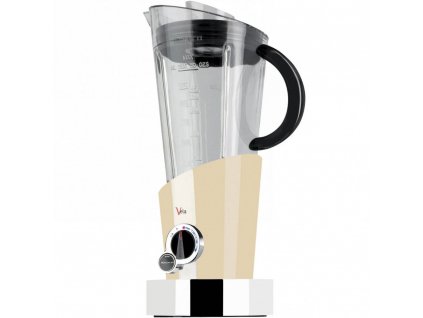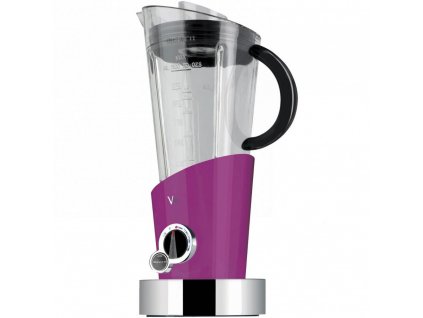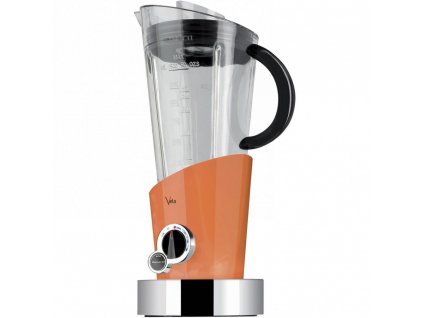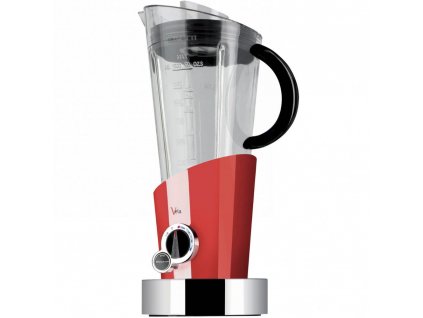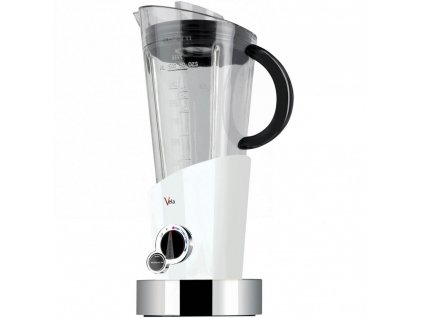Stand Blenders – Blend efficiently
Stand Blenders are mostly used for preparing creamy soups, healthy smoothies or alcoholic drinks but they may be also used for making homemade hummus, pesto, purées, or anything that needs to be emulsified or crushed.
Should I choose a stand blender or a hand blender?
Although hand blenders are compact, handy and do not take much space in your kitchen drawers, stand blenders offer many other advantages - they are simply more powerful, have more functionalities and result in creamier, smoother soups, sauces, purees and dips. Well, it's true that they take up more space on your kitchen tops and require more cleaning and you have to transfer the ingredients from the pots or bowls to the stand mixer bowl but the texture of the finished product is worth the fuss. Stand blenders are also a preferable solution for blending components that are hard, such as ice cubes for frozen drinks or frozen fruit for smoothies.
When deciding whether to buy a standing blender you should think about your intended purpose. What do you usually cook, will you actually need an appliance that can efficiently blend ingredients? Do you often prepare smoothies, drinks, soups, vegetable pastas and purees or pesto? If the answer is yes, you should definitely buy a tabletop blender for your kitchen.
There are many standing blenders available at Kulina, all at different price points and with distinct features. Choose a retro style by Smeg or KitchenAid or go for something with a more modern look and choose a stand blender by Alessi, ETA or WMF.
Preserving and caring for your stand blender
If your stand blender is having trouble processing the components, don't be hesitant to use the tamper vigorously to get the mixture moving around the blades. Ensure that your blender jar is at least 25 % filled, add a bit of liquid or bring the blender to a higher speed to make the blades work more smoothly. But if ingredients don't start moving, a lower speed may also assist them to begin to move.
It's also a good idea to add ingredients according to the recipe's instructions; blender recipe books typically include the sequence of the components. The normal order of adding ingredients to a blender while creating a smoothie without a recipe is as follows: greens first, then raw fruits and vegetables, frozen food, ice, and liquid last.
And if you are a fan of smoothies check also our offer of smoothie makers that will help you prepare a homemade smoothie and take it on the go with a special portable jug attached.
.png)
